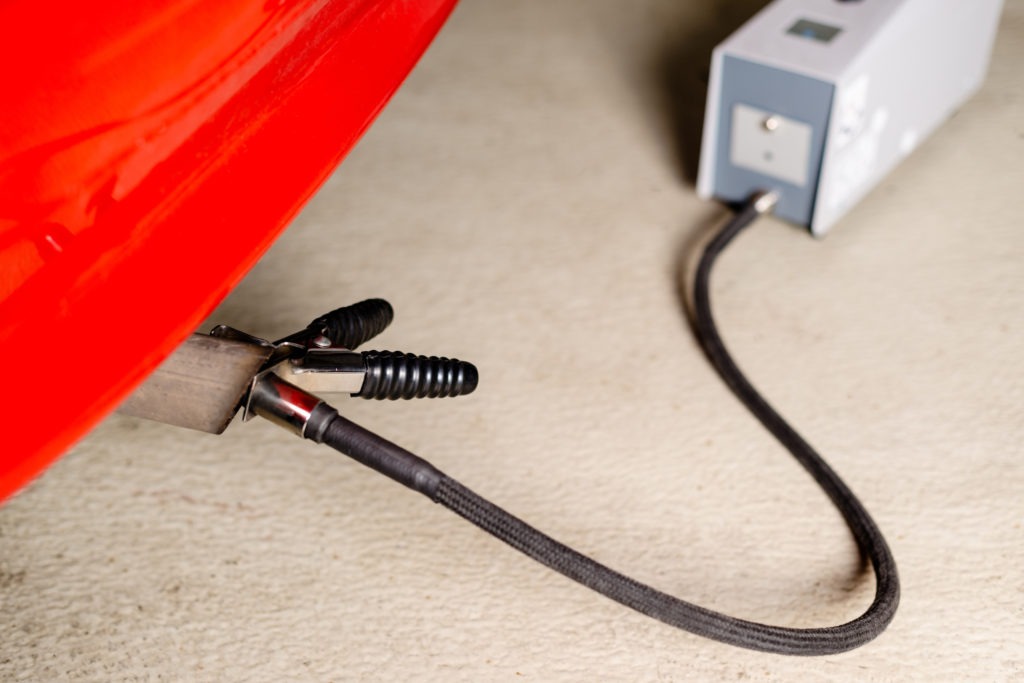OEMs brace themselves for WLTP
14 March 2017

14 March 2017
From September 2017, OEMs will need to test and publish their new vehicles’ consumption and emissions results according to the Worldwide Harmonized Light Vehicle Test Procedure (WLTP). This system replaces the New European Driving Cycle (NEDC) which many OEMs had optimised their vehicles for. As a result, the tests did not give accurate fuel consumption and emissions figures that reflected real-world driving.
It is premature and rather speculative to comment on the extent to which specific brands and models will be impacted by the introduction of the WLTP system but there was certainly an undercurrent of anxiety in certain corners at the Geneva Motor Show and major shocks could be on their way when manufacturers start to publish their results in six months’ time.
Under the new WLTP scheme test results for all model variants are expected to rise. The manufacturers that had developed the most sophisticated methods in order to optimise their results naturally have the most to lose. Not only will their WLTP emissions and fuel consumption results be proven to be higher than previously reported, but they could exceed figures for competitor models that they previously outperformed. Certain OEMs will have little choice but to invest in advanced, more expensive technology such as selective catalytic reduction (SCR) to remain compliant from an emissions perspective. However, this will have far-reaching implications on pricing, residual values and ultimately, sales volumes and revenues.
Furthermore, cars that were previously tested with limited equipment fitted as standard also stand to see sharp rises in their fuel economy and emissions figures. For example, premium brands tend to have substantially higher optional content than the volume manufacturers. This naturally made many test cars much lighter and, in turn, more fuel-efficient and less polluting than the cars that were actually registered and used on the road once common optional extras such as multi-zone air conditioning, larger wheels and leather seats were fitted. These optional extras can of course account for several hundred additional kilograms in weight, which in turn increases CO2 emissions and fuel consumption.
Under the new scheme, cars will be tested with their optional equipment fitted to present a clear view on achievable RDE and fuel consumption for each level of specification that is offered. Japanese and Korean OEMs could stand to benefit as their strategy has typically been to compete by offering higher levels of specification as standard on their cars than their European peers but at a similar price point.
Ultimately, those cars that have both been tested with limited standard equipment and have been optimised for the NEDC test will see the greatest difference in their fuel consumption and emissions figures. This could have significant implications from September onwards.